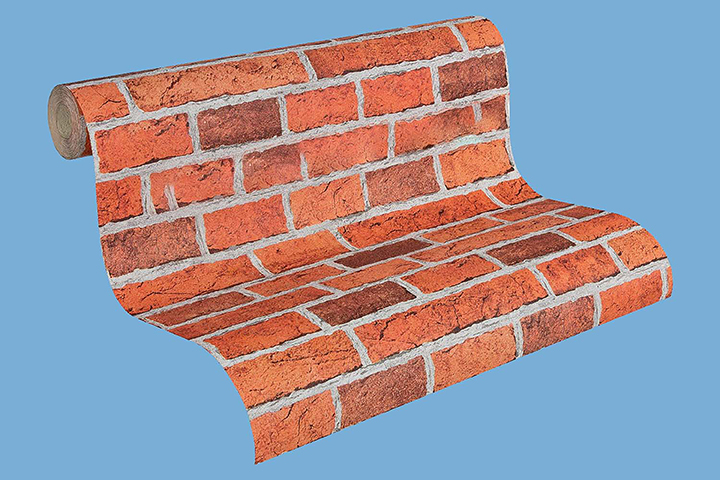
Welsh has been keeping an a-n blog about the experience, which he says has provided much needed time and space to “think, research and experiment”.
This week we have featured Welsh’s work on the a-n Instagram, sharing a wide range of posts covering his multifaceted freelance practice, which reflect ten years of making, research, writing, teaching and producing.
What drove you to apply for the a-n professional development bursary this year?
Over the past several years, my practice has evolved from sculptural work, incorporating found objects and narrative, to a more expansive research-led approach into the historical and social character of chosen sites. The result is often realised through digital drawings, archival material and writing. As this has developed, I’ve become increasingly interested in exploring self-publishing as vehicle to bring these elements together. I decided to apply for an a-n professional development bursary to boost technical skills in making books and publications, but also to research other work and conceptual approaches in that field.
You have an interest in appropriating and manipulating existing materials and you appropriate histories within these materials too. What processes are used and how have they developed?
I’ve always been engrossed by existing materials. My shift towards a practice that brings disparate elements together to suggest new narratives isn’t too far removed from my previous sculptural works, to be honest. A key shift has been the increasing focus on digital and its relationship to the physicality of mark making. Another is that in recent years I’ve spent a lot of time researching and writing in archives – especially for freelance work – and, reflecting on it, I’m not surprised that this crept in. The rich material you can find in archives, and within localised histories, is a powerful thing that lurks under the surface of my work. I’m starting to slowly test this out through writing. I’m in awe of artists such as Katrina Palmer; I still regularly think about her exhibition ‘The Necropolitan Line’.
You lead the professional practice module for second-year students studying Fine Art at Liverpool Hope University. How did you get into this role, and does spending time with students drive continued learning in your own work?
I joined Hope in 2013 and brought my experiences of exhibition organising and research to the role. The module is embedded within a studio context and aims to provide students with the tools and opportunities to support the development of their own practice. I spend a large chunk of time talking critically with students about their work in the studio and, while I can’t say it has directly influenced my practice, I have always believed you continually learn about yourself when working within this context.
What motivated you to start writing about other people’s work?
Writing has always been a core part of my identity (I do have vague recollections of wanting to be a journalist as a kid!) I loved researching and writing essays during my undergraduate Fine Art degree at Liverpool John Moores University. After graduating, I slowly gained confidence by writing about exhibitions and artists that interested me. I started writing for platforms such as Corridor8 and progressed. I studied a writing-based MA in arts management at the University of Manchester in 2011; a fantastic opportunity to sharpen my critical writing skills. I find the process of speaking with artists, finding out about their work and responding to it through writing, a hugely creative act that I value as much as studio time.
How do you combinine your work in academia and teaching with your work as a producer and writer?
Juggling is a more accurate term! I’ve been freelance since 2007 and I’ve always been geared towards working on multiple projects simultaneously; I’m a firm believer in cross-pollination between my activities. However, it’s crucial to carve out regular dedicated time to write and make alongside producing and teaching; you have to keep those juggling balls in the air for the right amount of time.
Some think there is an over academisation in art making. What are your thoughts on academia and research as an option for visual artists to progress their career?
Artistic practice as academic enquiry has encountered some challenges, especially in regards to outputs and methodologies, but good practice-based research opens up new avenues of discourse and interdisciplinary possibilities, and that’s interesting.

